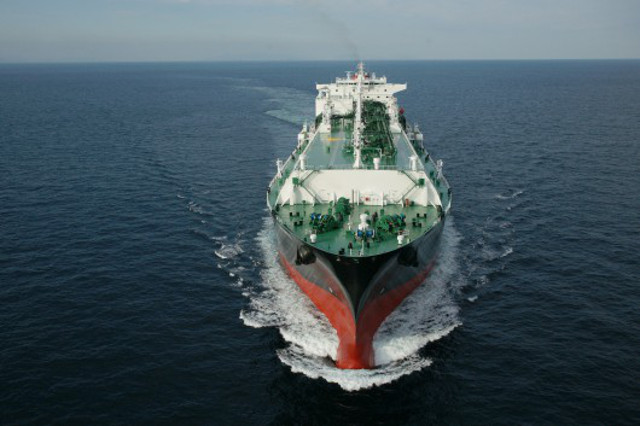The United States Government Accountability Office issued a report on the implications of using U.S.-built-and-flagged LNG carriers for exports.
According to the Department of Energy, in the next few years the United States is expected to change from a net importer of natural gas to a net exporter, with those exports destined for different regions of the world, especially Asia.

Image: Teekay
Five large-scale U.S. liquefaction facilities currently under construction have a projected capacity to export more than 12 percent of U.S. natural gas production in 2020.
The report issued on Dec 3 reveals that, in order to transport the full capacity from these facilities, 100 or more LNG carriers will be required.
GAO said that currently nearly all LNG carriers in operation are foreign built and operated while no carriers have been built in the United States since before 1980. No carriers are currently registered under the U.S. flag. With the current capacity, U.S. shipyards would need 30 years to build the required 100 vessels GAO report said.
Congress is considering whether to propose legislative language that would require U.S. LNG be exported via U.S.-built-and-flagged carriers with the goal of supporting U.S. shipbuilders and mariners.
However, it is expected that the U.S.-built carriers would be more expensive to construct and operate in comparison to similar vessels built in Korean shipyards.
In case the proposed legislative to export U.S. LNG onboard domestically built and flagged carriers could prompt customers to attempt to modify, renegotiate, or terminate their existing contracts for liquefaction, as increased costs of transportation would push up the price of U.S. LNG, making it less competitive in the world market.
Source: www.lngworldnews.com